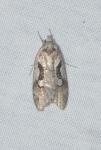
| Recorded by: K. Bischof on 2025-04-04
Transylvania Co.
Comment: | 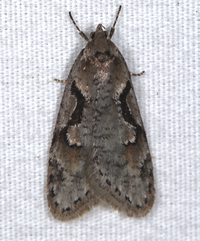
| Recorded by: Jim Petranka on 2025-03-27
Madison Co.
Comment: |
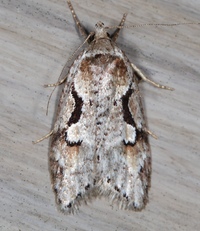
| Recorded by: Jim Petranka on 2024-04-10
Madison Co.
Comment: | 
| Recorded by: Jim Petranka on 2024-03-30
Madison Co.
Comment: |

| Recorded by: K. Bischof on 2024-03-21
Transylvania Co.
Comment: | 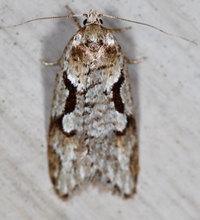
| Recorded by: Jim Petranka on 2023-04-18
Madison Co.
Comment: |
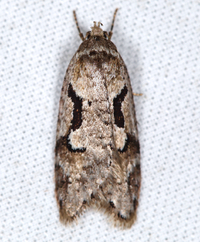
| Recorded by: Jim Petranka on 2023-03-26
Madison Co.
Comment: | 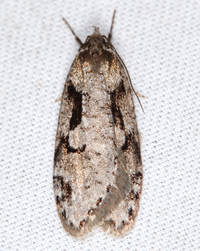
| Recorded by: Jim Petranka on 2023-03-25
Madison Co.
Comment: |
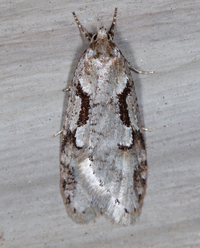
| Recorded by: Jim Petranka on 2023-03-24
Madison Co.
Comment: | 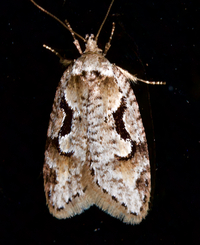
| Recorded by: Jim Petranka on 2021-04-04
Madison Co.
Comment: |
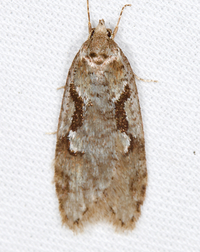
| Recorded by: Jim Petranka on 2021-03-26
Madison Co.
Comment: | 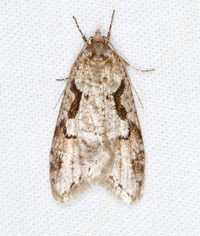
| Recorded by: Jim Petranka on 2021-03-23
Madison Co.
Comment: |
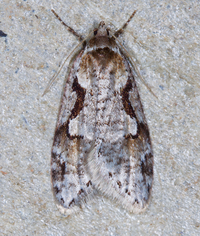
| Recorded by: Jim Petranka on 2021-03-12
Madison Co.
Comment: | 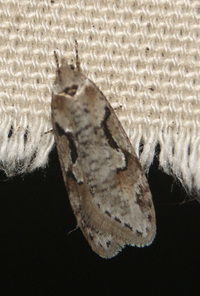
| Recorded by: Vin Stanton on 2021-03-11
Buncombe Co.
Comment: |
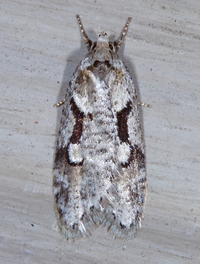
| Recorded by: Jim Petranka and Becky Elkin on 2020-04-04
Madison Co.
Comment: | 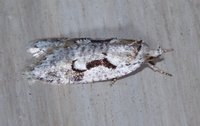
| Recorded by: Jim Petranka and Becky Elkin on 2020-04-04
Madison Co.
Comment: |
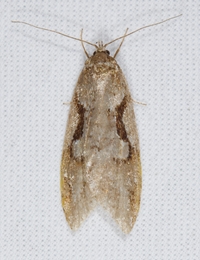
| Recorded by: Jim Petranka and Becky Elkin on 2020-04-03
Madison Co.
Comment: | 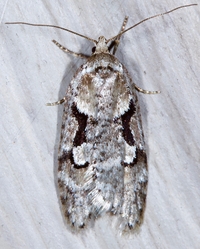
| Recorded by: Jim Petranka and Becky Elkin on 2020-03-29
Madison Co.
Comment: |
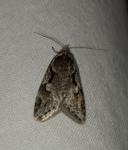
| Recorded by: K. Bischof on 2019-04-25
Yancey Co.
Comment: | 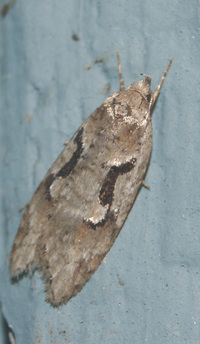
| Recorded by: Vin Stanton on 2019-04-10
Buncombe Co.
Comment: |

| Recorded by: Vin Stanton on 2019-04-10
Buncombe Co.
Comment: | 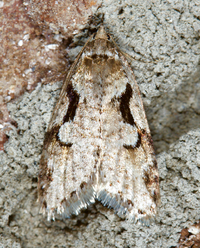
| Recorded by: Jim Petranka and Becky Elkin on 2019-04-05
Madison Co.
Comment: |

| Recorded by: Jim Petranka and Becky Elkin on 2019-04-03
Madison Co.
Comment: | 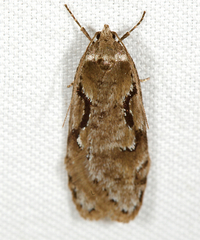
| Recorded by: Jim Petranka and Becky Elkin on 2019-03-29
Madison Co.
Comment: |
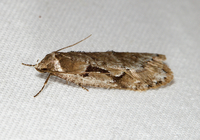
| Recorded by: Jim Petranka and Becky Elkin on 2019-03-29
Madison Co.
Comment: | 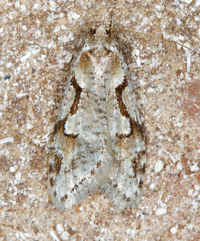
| Recorded by: Jim Petranka and Becky Elkin on 2019-03-24
Madison Co.
Comment: |
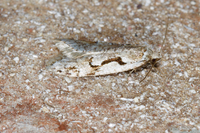
| Recorded by: Jim Petranka and Becky Elkin on 2019-03-24
Madison Co.
Comment: |

 »
»



 »
»

